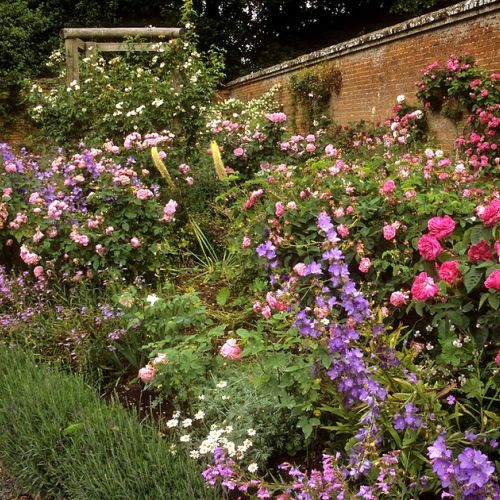Millettia Japonica Satsuma : Discover The Summer Wisteria In 5 Questions
Less known than its cousin the Japanese wisteria, the summer wisteria is a voluble plant with evergreen foliage in the mildest climates. This beautiful climber, whose botanical name is Millettia japonica satsuma, is ideal to quickly cover a façade, a fence or a pergola. We suggest you to know everything about this plant in 5 questions.
1- What are the differences between wisteria and summer wisteria?
Although both of these climbers belong to the large Fabaceae family, summer wisteria or Millettia japonica satsuma should not be confused with Japanese wisteria, the famous wisteria of the genus Wisteria with its opulent purple blooms.
Unlike the 'classic' wisteria or Wisteria floribunda, the climbing plant called Millettia japonica does not lose its foliage in winter in the mildest climates. That's why it's also called evergreen wisteria.
The color of its flowers is also different, as the Millettia japonica satsuma variety produces panicles of purple or purplish red flowers. Its blooming period is from June to September, hence its vernacular name of 'summer wisteria'.
2- Where to plant a summer wisteria in the garden?
Summer wisteria is a climbing plant with voluble stems that can quickly grow in size. When growing conditions are right for it, it can grow up to 7 m tall with a spread of 2 m.
It can therefore be interesting to use this climbing plant to hide a wall or any other surface that you want to conceal such as an outdated fence.
Since the species Millettia japonica keeps its foliage throughout the year, you can also use it to shade a patio by planting it at the base of a pergola.
Whatever you want to use it for, keep in mind that planting should be done in late spring, when all risk of frost is gone. This vigorous climber is happy with any type of soil, as long as it is well-drained, but has a preference for neutral to acidic soils.
It will appreciate a location sheltered from the wind and a full sun exposure, except in regions with hot summers where a semi-shaded location is preferred.
3- How to maintain a summer wisteria ?
In the first two years after planting, summer wisteria needs regular watering. Remember to mulch the base of the plant to retain moisture in summer and never let the soil dry out completely between waterings.
This summer-blooming plant also appreciates a contribution of compost in the fall. Remember to remove faded flower clusters to prolong its bloom.
Once flowering is complete, pruning is limited to removing dead or damaged branches and reducing the length of overgrown stems.
Finally, if your area is regularly exposed to frost, be sure to add a good thickness of mulch to the base of the plant to protect it from the cold.
4- How to propagate summer wisteria ?
To propagate a summer wisteria, the easiest method is to do a cutting in July-August.
Take semi-hardened cuttings and place them in pots filled with a mixture of potting soil and sand. Keep your cuttings warm all winter by watering them regularly.
You can also propagate the species Millettia japonica satsuma by sowing, making sure to soak the seeds in warm water for a day before sowing.
5- What are the other advantages of summer wisteria?
Did you know that summer wisteria is an interesting climber for providing shade in the garden but also attracting pollinators?
Its clusters of very fragrant flowers attract many pollinating insects like bees and bumblebees but also butterflies!
If you don't have a garden but a simple balcony in the city, you can consider growing it in a container and climbing it on a trellis to enjoy its beautiful, fragrant bloom and promote biodiversity in your neighborhood.








